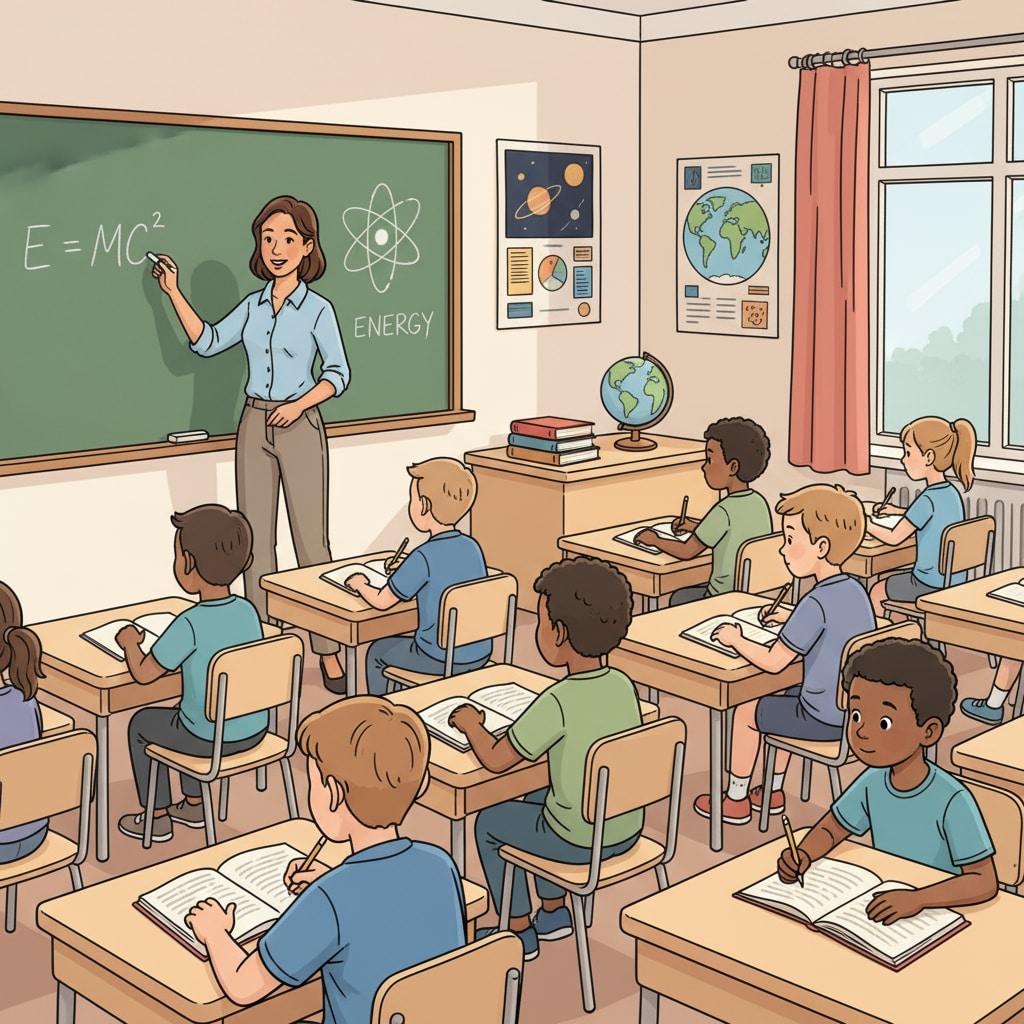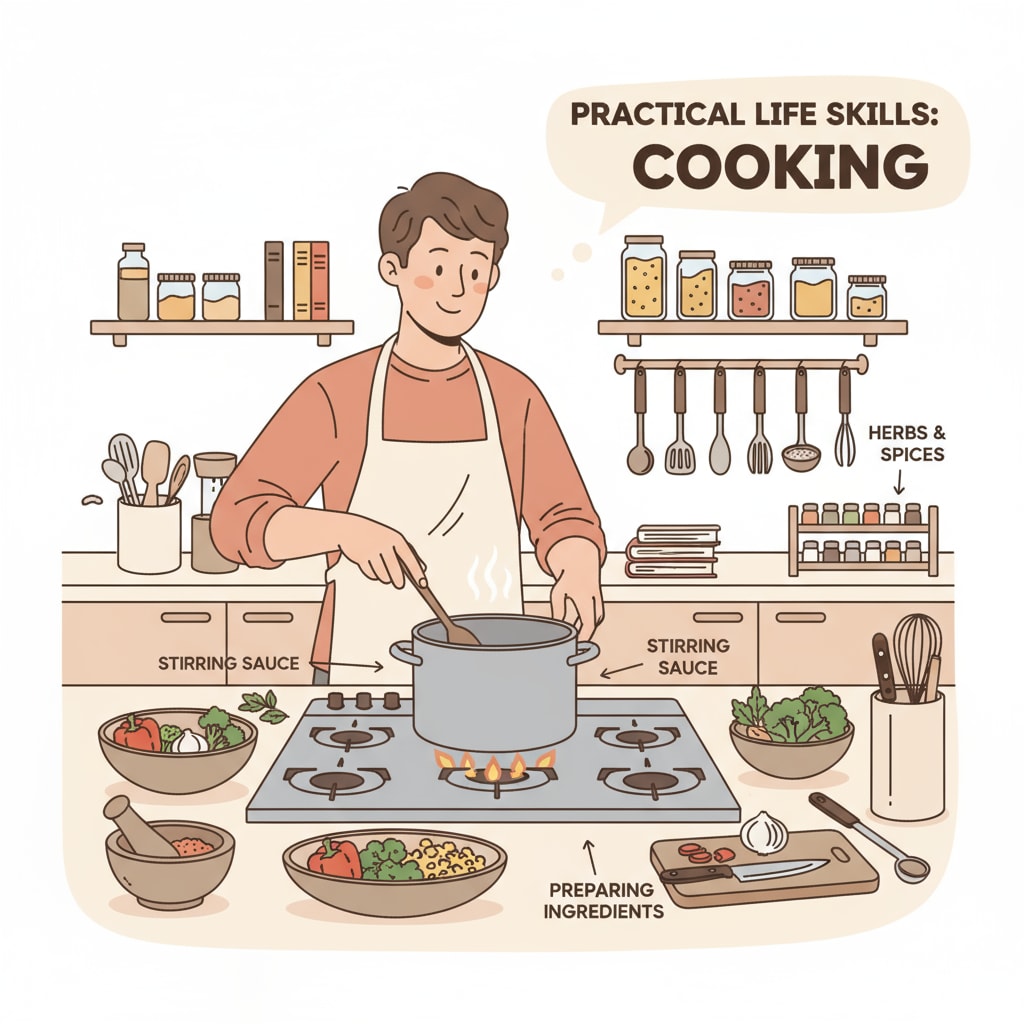School education, life skills, and practical knowledge are crucial aspects of a well – rounded education. However, in the contemporary K12 education system, there exists a significant gap between what students learn in the classroom and what they need in real life. This disconnection has far – reaching consequences for students as they transition into adulthood.

The Disconnect in K12 Education
K12 education has long been focused on academic knowledge, such as mathematics, science, language arts, and history. While these subjects are fundamental, the overemphasis on them often comes at the expense of practical life skills. For example, students may be proficient in solving complex algebraic equations but struggle to balance a checkbook or manage their personal finances. As a result, when they graduate and enter the real world, they face a steep learning curve in dealing with everyday tasks.
According to Britannica, education should be a holistic experience that prepares individuals for all aspects of life. Unfortunately, the current K12 system often falls short in this regard. Many students lack skills like cooking, basic home maintenance, and even effective communication in real – world settings.
The Importance of Life Skills
Life skills are essential for a successful and independent life. Skills such as time management, problem – solving, and interpersonal communication are not only useful in personal relationships but also in the workplace. For instance, an individual with strong time – management skills is more likely to meet deadlines and be productive at work. Similarly, good problem – solving skills enable people to handle unexpected situations effectively.
Moreover, practical skills like cooking and sewing can enhance self – sufficiency. By learning these skills in school, students would be better equipped to take care of themselves when they leave home. As stated on Wikipedia’s Life Skills page, life skills contribute to an individual’s overall quality of life and well – being.

To bridge the gap between school education and life skills, several changes can be made. Incorporating practical courses into the curriculum is a good start. For example, offering classes in personal finance, home economics, and basic technology skills. Additionally, schools can encourage experiential learning through internships, community service, and project – based learning. This way, students can apply the knowledge they learn in the classroom to real – world situations.
Readability guidance: The key points here are the need for curriculum changes and experiential learning to close the gap between school and real life. We use short paragraphs to make the information more digestible and transition words like ‘additionally’ to show the flow of ideas.


